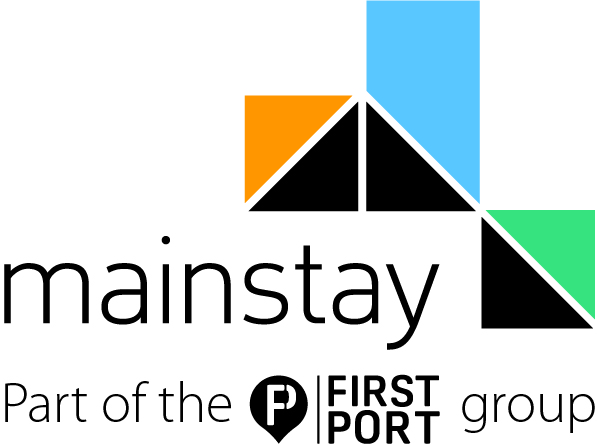The Future Of BTR Goes Beyond City Centre Apartments, Say Investors

Although the UK’s build-to-rent (BTR) sector is still considered new, it has already evolved. Both investor and societal pressures are pushing the model to adapt, to create the homes that customers want and to provide them in a way that suits our changing ways of living.
As a full service residential property manager, FirstPort has experienced firsthand the change in the market. Most notable, said FirstPort Business Development Manager Jeremy Ogborne, is investors’ current interest in houses alongside apartments. Investors are responding to the sector’s evolution to now include houses to rent, appealing to a far wider demographic than might initially have been considered.
“We’re seeing more interest from institutional investors looking to expand their multifamily UK portfolios to include housing rather than just apartments,” he said. “They’re looking to build on lessons learned, to mitigate risks and to diversify their investments. They want to provide high quality housing that the UK market is crying out for, but without the higher operational costs you get with apartments.”
The Growth Of BTR Housing
The UK’s first BTR schemes followed in a similar vein to those in the U.S. Large apartment blocks, developed and managed to a high standard, with a concierge and a range of amenities. The change has been the emergence of individual houses and low-rise blocks, still finished to a high standard but more reflective of homeownership in the way they offer privacy.
FirstPort is in extensive talks with UK institutions looking to invest in this segment of BTR, Ogborne said. They have recognised a demand in society for the sector and are negotiating with housebuilders to purchase the initial or final phase of a development which can be ringfenced for rental.
Renting certainly appeals to society’s increasing on-demand culture. With homeownership comes burdens such as repairs and improvement costs — there’s an increasing appeal to outsource this to someone else and it is not just young people who recognise this. As the sector’s demographic has widened, it has also improved returns.
“A benefit for investors is that housing customers are likely to stay put longer term,” Ogborne said. “Apartments usually see a churn every 20 months. In housing, customers typically stay for much longer, looking to put down roots, perhaps start a family and move into a larger home as they settle into the community.”
While this trend to stay longer-term will increase returns, investors also benefit from the lower operational costs of houses versus apartments. Schemes don't require the typical amenities of apartments, such as gyms, lounges or workspaces, instead providing playgrounds, allotments and nature trails, for example. Typically, while apartments are seeing a gross-to-net of 27% to 30%, housing provides 18% to 20%.

Investors Are Driving The Market
The BTR housing sector has challenged investors' preference to invest in cities or densely populated areas of the country where demand for housing is strongest. As the sector’s success widens, they are gaining confidence to look elsewhere, especially in areas with increasing employment opportunities.
“Investors are diversifying into the suburbs and semi-rural locations,” Ogborne said. “BTR doesn’t just appeal to people who want to live in a city centre. We have an abundance of land outside cities where people want to live.”
Institutions are recognising several benefits to this move away from city centres. Compared to urban areas where councils often want to protect retail and commercial space, both land availability and planning restrictions can be better. The farther you go out of a city, the more likely investors can purchase land with planning already obtained, which means less risk and a shorter timescale.
Being away from a city centre doesn’t mean a scheme has to comprise exclusively houses, however. Many BTR, or multifamily as BTR is described in the U.S., housing developments will include a proportion of low-rise apartments, perhaps in buildings of two or three stories to keep in the aesthetic of the estate. These could meet a local authority’s affordable housing goals while providing a cost-effective investment. This mix of properties also arguably adds to the diversity of the community that is being created.
While investors will still look to invest in high-rise apartments to diversify their portfolio, Ogborne believed that the sector’s housing element is only set to increase. Society’s desire for flexibility and high quality is here to stay and finally the residential sector has found a way to provide it.
This feature was produced by Bisnow Branded Content in collaboration with FirstPort. Bisnow news staff was not involved in the production of this content.

